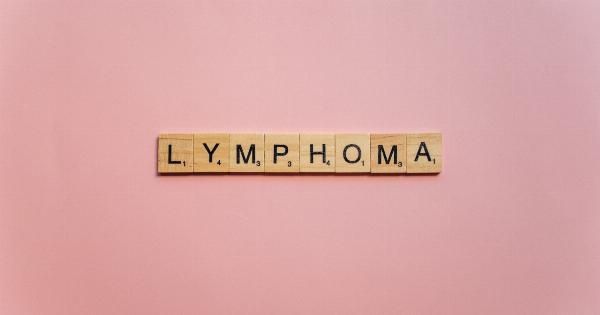The liver is a vital organ that performs many functions, such as filtering toxins and producing bile to aid in digestion.
However, one of the most common liver-related medical conditions that many people aren’t aware of is non-alcoholic fatty liver disease (NAFLD). NAFLD is a condition characterized by an accumulation of fat in the liver that is not caused by alcohol consumption.
What is Non-Alcoholic Fatty Liver Disease?
NAFLD occurs when fat builds up in liver cells, increasing the risk of liver damage and scarring, also known as cirrhosis. It is commonly seen in people who are overweight or obese and those who have insulin resistance or diabetes.
The exact cause of NAFLD is unknown, but it is believed to be due to a combination of genetic and environmental factors.
Signs and Symptoms of NAFLD
NAFLD often has no noticeable symptoms, especially in its early stages. However, some people may experience fatigue, abdominal pain, and an enlarged liver.
If left untreated, NAFLD can progress to non-alcoholic steatohepatitis (NASH), a more severe form of liver disease that can lead to liver failure.
Diagnosis of NAFLD
The first step in diagnosing NAFLD is through a physical examination, taking a medical history, and performing blood tests to rule out other liver diseases.
If NAFLD is suspected, the doctor may recommend imaging tests, such as an ultrasound, computed tomography (CT), or magnetic resonance imaging (MRI). In some cases, a liver biopsy may be needed to confirm the diagnosis and determine the extent of liver damage.
Treatment of NAFLD
The treatment of NAFLD focuses on reducing the amount of fat in the liver and managing any underlying conditions, such as diabetes or obesity.
Lifestyle changes, such as losing weight, improving the diet, increasing exercise, and limiting alcohol intake, have been shown to be effective in reducing liver fat. Certain medications, such as pioglitazone, vitamin E, and obeticholic acid, have also been used to treat NAFLD, although they are not currently approved by the US Food and Drug Administration (FDA) for this purpose.
Prevention of NAFLD
The best way to prevent NAFLD is to adopt a healthy lifestyle. Maintaining a healthy weight, engaging in regular physical activity, eating a balanced diet, and limiting alcohol consumption can all reduce the risk of developing NAFLD.
People with diabetes or insulin resistance should work with their healthcare provider to manage their condition effectively.
Identifying Fat in the Liver
Identifying fat in the liver can be difficult because NAFLD often has no symptoms. However, some tests can help to determine if fat is accumulating in the liver.
Blood Tests
A liver function test can assess the levels of certain enzymes in the blood. Elevated levels of enzymes such as alanine aminotransferase (ALT) and aspartate aminotransferase (AST) may indicate liver damage.
However, elevated ALT and AST levels can also be due to other liver diseases, so additional testing may be needed to diagnose NAFLD.
Imaging Tests
Imaging tests, such as ultrasound, CT, and MRI, can detect the presence of fat in the liver. These tests can also help monitor the progression of the disease and identify any complications.
Liver Biopsy
A liver biopsy is a procedure in which a small sample of liver tissue is removed and examined under a microscope. This procedure can provide a definitive diagnosis and determine the extent of liver damage.
However, it is an invasive procedure that carries some risk, such as bleeding, infection, and damage to other organs.
Conclusion
NAFLD is a common liver condition that can lead to serious liver damage if left untreated. It often has no noticeable symptoms, so it is essential to understand the risk factors and diagnostic methods.
By adopting a healthy lifestyle and working with a healthcare provider to manage any underlying conditions, people can reduce their risk of developing NAFLD and its associated complications.






























